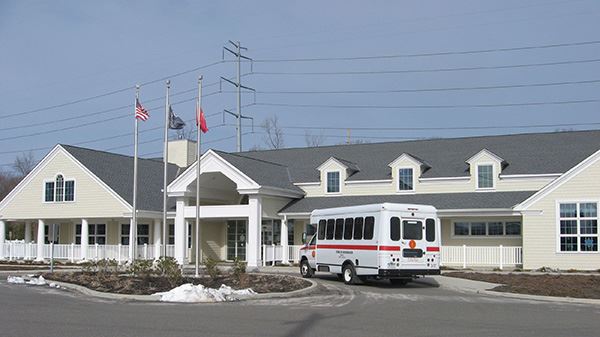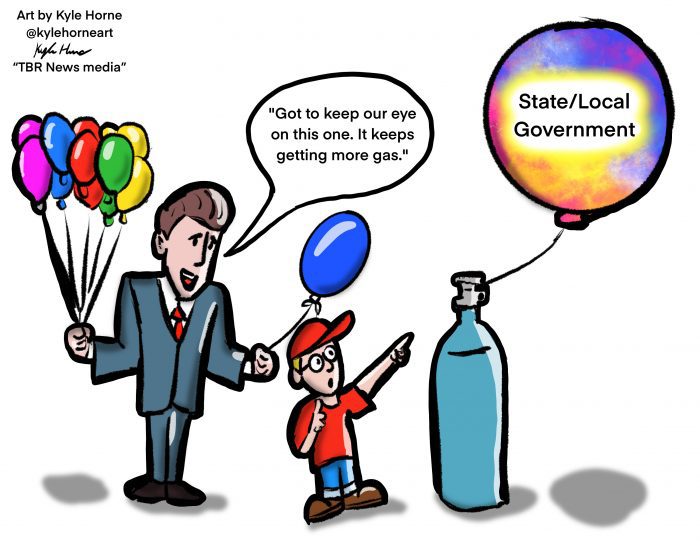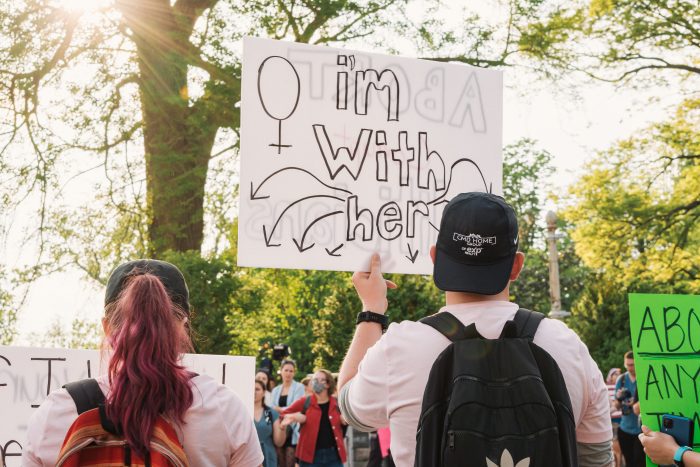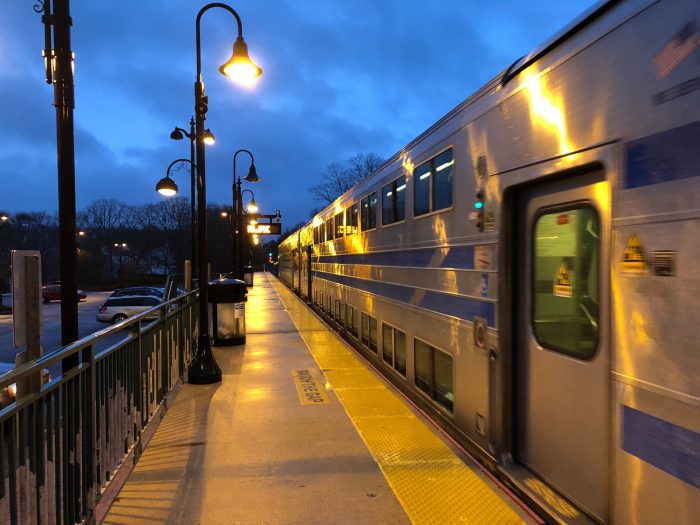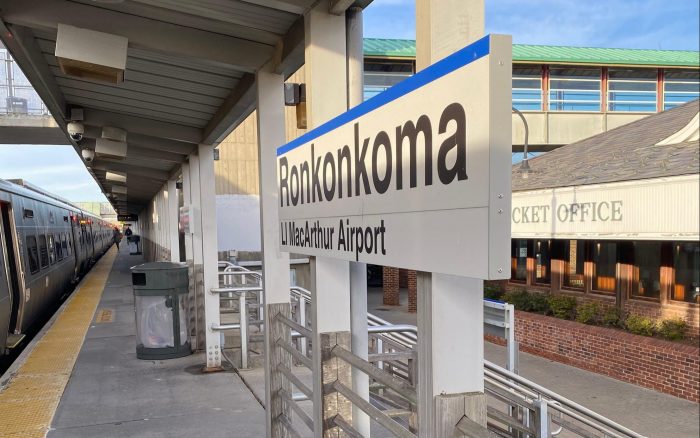During a meeting of the Port Jefferson Station/Terryville Civic Association on Tuesday, July 26, Brookhaven Town Councilmember Jonathan Kornreich (D-Stony Brook) delivered a startling warning to the people of this area.
Kornreich, who represents Council District 1, unveiled draft plans for the redrawing of his council district. While he currently represents the entirety of the Port Jefferson Station and Terryville community on the town council, that will change if the draft plans are approved.
Under this proposal, large swaths of territory — primarily from Terryville — will be moved into Council District 2. In exchange, Council District 1 will receive roughly half of Mount Sinai. Port Jefferson Station and Terryville will be effectively severed from one another and Mount Sinai will be sliced in two. This phenomenon is referred to as “cracking.”
Cracking is a longstanding and pernicious practice in political redistricting. Through cracking, mapmakers can dilute the voting power of a community by dividing its population across multiple districts. With less voting power, limited resources are far more likely to be diverted to the areas that offer politicians the most votes and the best odds at reelection. We cannot allow this to happen here.
As one civic association member wisely acknowledged during Tuesday’s meeting, the places affected by the proposed redistricting scheme are communities of interest. This means that the people of these areas are unified by a common historic and cultural identity, by common institutions such as public schools and libraries, and by organizations such as civic associations and chambers of commerce.
The people that work together to strengthen and enrich our community must not be separated by political boundaries. They should have one representative on the town council, a single point of contact to do their bidding. They require a representative who is committed to the community in its entirety and not just a fragment of it.
The people of this area must rise in solidarity to resist the current redistricting plans. They must tell the Brookhaven Redistricting Committee and their elected leaders at Town Hall that they will not tolerate their community being cut into pieces.
On Tuesday, Aug. 2, a public hearing will be held at 6 p.m. at the Rose Caracappa Senior Center in Mount Sinai to discuss the draft maps. Bring family, neighbors and friends. With numbers, the people of Council Districts 1 and 2 can, and will, keep their communities intact.
There is no conceivable explanation for drastic changes to the present district boundaries. The people must stand together to champion this cause. If we stand united, then nothing can tear us apart. We will not crack under pressure.

